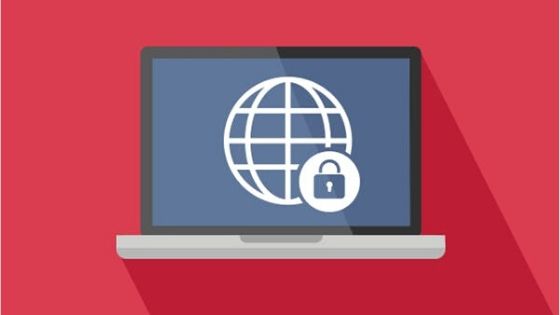These days with the rising risk of computer viruses and malware, internet providers like Spectrum have started offering security suites along with their internet service. They’ll charge a small fee for it but at least you are secure from day one. However, viruses are not the only problem these days. A virus, you may be able to deal with. But how do you deal with someone on the opposite side of the equator who has his hands on your banking details? As technology makes life convenient for us it also makes cybercrimes so much easier for the ones demented enough to cause such financial and mental trauma to others.
Don’t freak out though. It is possible to avoid all the stress by securing your home Wi-Fi network through the following few steps.
Recommended: How to Improve Your WiFi Signal?

Home Network
#1. If you bought your router before 2006, you definitely need a new router. Routers produced after 2006 are all WPA2 routers, which means the signals are encrypted and it is harder for hackers to access your network. However, if you want to ensure the encryption go to your device’s connection settings and look for the respective Wi-Fi network. If it says WPA2 after the network name then you’re good.
#2. As soon as you set up your Wi-Fi network, change the name so that hackers would know you took the time to secure the network. Be creative with the name though, never use any personal details. Check the router’s user manual to see how to change the name and password for your network.
#3. Guest networks for family and friends visiting your place seem like a good idea but it isn’t. It is an unsecured connection which the hackers can intercept using simple software. You can disable guest networks by opening your browser settings, selecting guest access and turning it off.
#4. Just like any machine, your router has a built-in software called firmware that keeps downloading the latest updates for its better functionality and security. Some updates are downloaded automatically but some will need to be downloaded manually. Keep checking the manufacturer’s website for any updates available for your router model to make sure that your router stays up-to-date on software versions.
Virtual Private Network (VPN)
WPA2 technology is only your first line of defense against threats. You’ll need more than just this to go the extra mile with security. Enter the VPN! It will hide your IP address and re-route all your data transfer through a secure channel by requiring passwords and unique IDs to gain access.
Recommended: Best VPN Apps for Android Clients
Cloud Safety
Gone are the days when files were stored in locked cabinets with a limited number of keys to access those cabinets. We live in a world where everything personal and official is backed-up or stored in the cloud. Yes, it has become very convenient but also insecure. All it takes is one hacker’s attention and everything confidential is out in the open.
Cloud back-up is not for file sharing between multiple users. It is just a way for us to store encrypted copies of our important data to be accessible in case of an emergency.
Cloud storage, on the other hand, is used to store files that need to be shared among multiple users. There is no guarantee that these files are encrypted when upload or stored.
This is where the problem begins because now these files are vulnerable to all sorts of cyber threats. Cybercriminals these days are not only focusing on huge companies. They’ve moved on to smaller and inconspicuous targets they can get away with without much worry about getting caught.
Consider whole-disk encryption for your most sensitive data, where you transfer data on to a USB drive or other portable device that can only be accessed with a passphrase.
Recommended: Parental Controls: Keeping Your Children Safe When Watching TV
Disguised Threats
Never ever … EVER click on a link that you don’t recognize. No matter how tempting it is to click on that free cruise’s link … DON’T!!! Phishing scams are real and trust me you would not enjoy being a victim.
Bottom Line
Use an antivirus software for your audio and video files, firewalls for your router and modem, a password to gain access into your computer and then further passwords for sensitive files. A WPA2 wireless network at home and avoiding public Wi-Fi hotspots as much as possible is essential.
Author Bio
Saba Aurangzeb, a Content Marketer, predominantly writes about the latest news and trends in telecommunications. She has an education in Applied Accounting and a diverse professional experience which ranges from working in schools to accounting firms and even running a custom printing and design business. She enjoys traveling and painting and has a profound love for animals.
Related Post:
